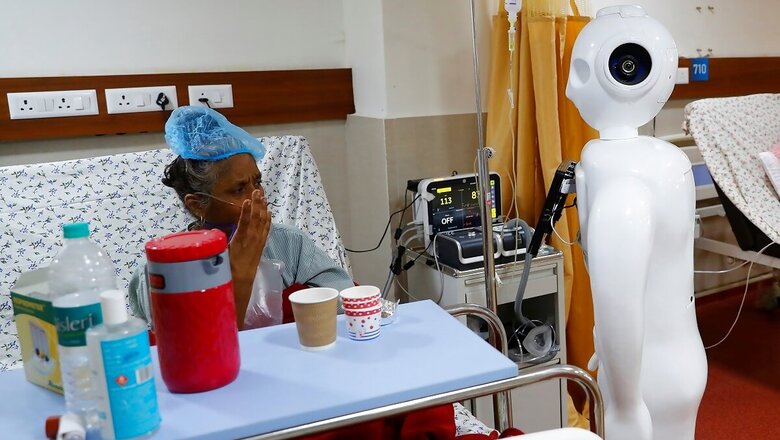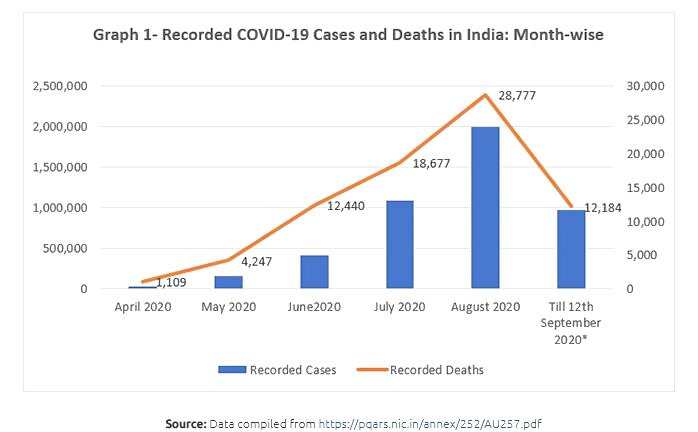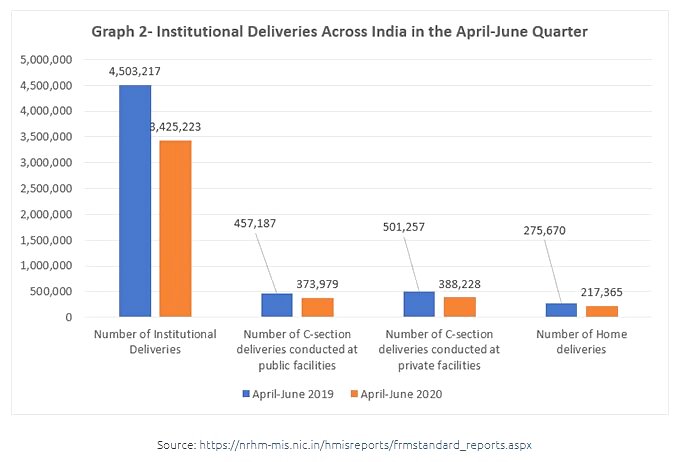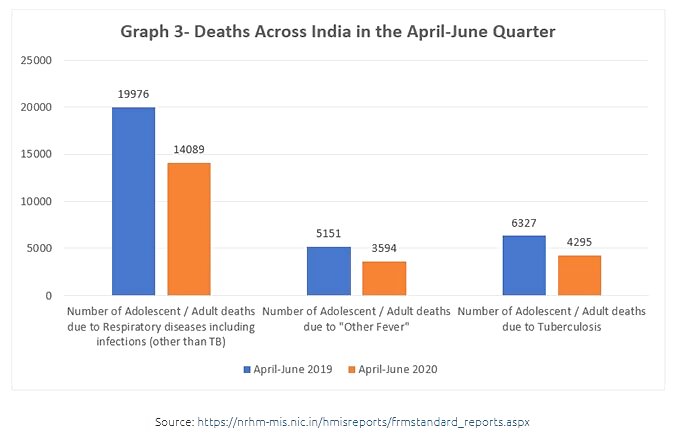
views
India is going through the most difficult phase of the pandemic yet, with more than 1000 people dying of COVID-19 every day, according to official numbers alone. The Indian healthcare delivery system has been struggling to cope as the virus spreads to far-flung areas, after causing surges in most large cities, which remain on high plateaus in terms of infection and death. With many large states showing a steady increase of cases and deaths, the pandemic shows no signs of relenting in the coming weeks. Indian health system needs to be ready for harsh months, and the last few months saw it scrambling to enhance capacity.
As of second week of September, more than 15,000 COVID treatment facilities with over 13 lakh dedicated isolation beds have been created across the country. Additionally, a total of 2,31,269 oxygen supported isolation beds and 62,694 ICU beds, including 32,241with ventilator facility, have been created according to government sources. States are being supported by the Centre in terms of supply of logistics. So far 1.39 Crore of PPE Kits, 3.42 crores N-95 masks, and 29,779 ventilators and 1,02,400 oxygen cylinders have been distributed.

Even though prevalence rates are well into double digits, the Integrated Disease Surveillance Programme (IDSP) is still conducting contact tracing through community surveillance, with the aim of slowing down the spread. As on mid-September, a total of about 4 million people have been kept under surveillance in India, roughly the population size of Croatia. There are 1697 laboratories conducting COVID-19 Testing across the country, at more than 1 million samples a day. A total of 5.4 crore samples have been tested so far, still accounting for a very modest percentage of the population.
A Healthcare System Primarily Managing COVID-19
A repurposing of the existing healthcare facilities with COVID-19 management has been the primary focus across India over the last few months. Since public sector facilities were at the forefront of the COVID-19 fight, treatment of non-COVID-19 disease conditions, as well as functions such as immunisation and reproductive health services are likely to have taken a major hit.
India is a country where almost 27,000 people die every day, with almost 26 percent of these caused by communicable, perinatal, maternal, and nutritional diseases. The disruption of healthcare services causing a sharp rise in non-Covid-19 morbidity as well as mortality burden in the country is a distinct possibility, and will be the predominant health policy challenge along with COVID-19 management in the months and years to come.
Media Stories on the Scale of Disruption
Based on data released by the Government of India, media platforms have published many stories on the large scale disruption witnessed in routine health services during the COVID-19 pandemic which showed dramatic worsening across the board. Tracking month-wise data till June, it was reported that there were over 580,000 fewer institutional deliveries in April- due to the lockdown- than in January, there was a 45% decline in the number of patients registered for TB treatment, and that hundreds of thousands of children missed their vaccination due to the lockdown.
While the larger point about the disruption is unexceptionable, there is a possibility that selective use of government data to quantify the scale of disruptions without qualification can be erroneous, because this dataset itself is a product of the very health system that is severely disrupted. In other words, the quality or completeness of data produced by a health information system which was disrupted by the pandemic cannot be taken for granted. Normally, health management information system (HMIS) of the Ministry of Health and Family Welfare (MoHFW) provides the number of reporting institutions, but it remains unavailable for 2020 as of now. Yet, some basic validation of the data can be conducted before using the numbers for comparisons.
The Case of Institutional Deliveries
For instance, the substantial fall in institutional deliveries is prominently reported, taking the HMIS numbers at face value. However, neither a possibility of the COVID-19 disruption affecting quality of routine data is considered, nor are findings qualified in any analysis that was published. On the face of it, comparing April-June quarter numbers of 2020 with 2019 numbers show stark declines (Graph 2). But how much of it is real, and how much is due to disruptions in the information systems, is a very valid question, since the HMIS data show a fall in the category “home deliveries” as well. The total number of deliveries is the sum total of institutional as well as home deliveries, and since the onset of the pandemic could not have reduced the number of pregnancies per se, this points to an incomplete dataset, which is being used without qualifiers by the media.

Why Aren’t Then the Death Numbers Reported?
The same HMIS dataset released late last month with data predominantly from government health facilities in rural areas also has a category on the number of deaths across disease conditions. Interestingly, till date, no media platform has used these numbers. The reason: the April-June 2020 quarter shows a decline in the number of deaths (Graph 3) almost across the board when compared to previous years. In fact, the residual category of number of deaths due to “unknown causes” which could have captured any sudden surges in deaths is also showing a substantial decline: from 2,50,419 in April-June 2019 to 2,18,585 April-June this year.

This again is counterintuitive, and perhaps therefore not analysed or published widely. However, the same circumspection is absent when service delivery disruption is analysed. Thankfully, the government itself is not using these death numbers to claim that there are no excess deaths in India in 2020, even with COVID-19 raging. But unfortunately, the government is also not coming out arguing that the scale of disruption in basic health services, as it is being analysed and discussed in the media, is possibly an overestimate.
This begs the question: why are the media using unvalidated government datasets without taking the context into account to “prove” certain aspects, while carefully avoiding using the same dataset to prove certain other aspects? One reason could be that it is easily available and a simple, linear interpretation often offers dramatic headlines. But a purely template-based use of incomplete or irrelevant data to fit a certain narrative, whether it is to offer an erroneous estimate of the scale of India’s undercounting of COVID-19 deaths, or to quantify the scale of disruption of services that the pandemic has caused in the rural areas, does not add any value to the evidence based discussion.
It is unexceptionable that COVID-19 deaths in India are undercounted, and government, as well as private healthcare services, are disrupted due to the pandemic. However, estimating the true extent of these aspects have to be done carefully, while avoiding fact free speculation. Else, such interventions will only fan panic and not help the health system to course-correct in any way. With every passing day, it is getting clearer that the COVID-19 fight is going to take years, and a careful examination of the emerging evidence is a key weapon to limit the costs of the pandemic.
Oommen C. Kurian is a Senior Fellow & Head of Health Initiative at ORF working on public health.
This article was published in ORF.


















Comments
0 comment